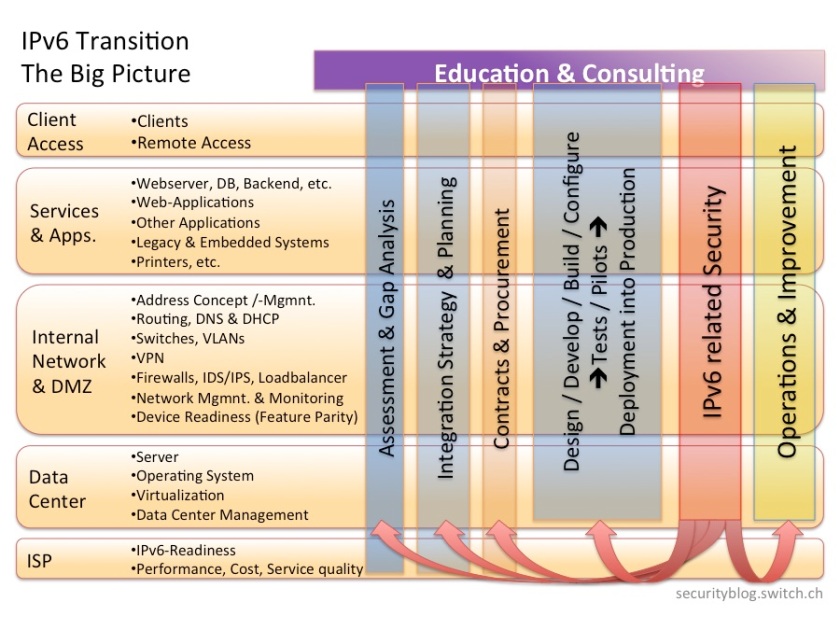Update 31.3.2020
The event is cancelled due to the COVID-19 situation in Switzerland and Europe. We’re in contact with CIRCL and will try to find a new date as soon as the current situation is back to normal.
SWITCH is organising more MISP Trainings in Switzerland together with CIRCL, the creators of MISP.
This year, we offer two days of MISP training in our Office at Werdstrasse 2 in Zürich.
Tuesday April 7th 2020:
MISP Training – Threat Intelligence Introduction for Analysts and Administrors
This is the regular MISP introduction for Analysts and Administrators who want to start using MISP
Wednesday April 8th 2020:
MISP training – Hands-on workshop for analysts and MISP users
This is an advanced training for users who have already bit of knowledge of MISP and requires the knowledge of the “MISP Training – Threat Intelligence Introduction for Analysts and Administrors” training.
Use the links above to get more information an register for the trainings.



